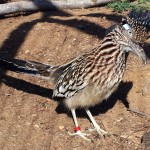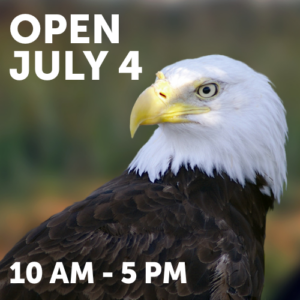5 Simple Green Resolutions
Have you made your New Year’s resolutions? We’ve come up with 5 sustainable resolutions that are simple, yet so effective, the environment will thank you.
1. Eliminate Vampire Energy
Did you know that most devices draw power from your outlets even if they’re turned off? Vampire energy can be prevented by unplugging electronic devices when you’re done is not only easy, but it could save you money on your next energy bill. Try unplugging your phone charger in the morning, or your toaster and coffeemaker. And if you use power strips, you can simply turn off the switch.
2. Reduce and Reuse Plastic
We all know we should be using reusable coffee cups, shopping bags, and sandwich bags, but sometimes it’s hard to remember. So until we break the habit, how can we remember? Try setting an alarm on your phone. Put your reusable shopping bags in your car. Move your plastic wrap and sandwich bags to a hard-to-get place–perhaps that top cabinet? And if you do use plastic, think of other purposes it could serve before you throw it away. After a few weeks, you’ll have formed a green habit.
all know we should be using reusable coffee cups, shopping bags, and sandwich bags, but sometimes it’s hard to remember. So until we break the habit, how can we remember? Try setting an alarm on your phone. Put your reusable shopping bags in your car. Move your plastic wrap and sandwich bags to a hard-to-get place–perhaps that top cabinet? And if you do use plastic, think of other purposes it could serve before you throw it away. After a few weeks, you’ll have formed a green habit.
3. Meat-Free Mondays
 Cutting meat out of your diet for one or two days a week can drastically decrease your carbon footprint. Not sure what to make? How about pancakes and fruit for breakfast, fresh salads or roasted vegetables for lunch; and veggie pizza, bean soups, or pasta for dinner? Or Google some new vegetarian recipes to try out.
Cutting meat out of your diet for one or two days a week can drastically decrease your carbon footprint. Not sure what to make? How about pancakes and fruit for breakfast, fresh salads or roasted vegetables for lunch; and veggie pizza, bean soups, or pasta for dinner? Or Google some new vegetarian recipes to try out.
4. Be Water Wise
 Water is one of our most precious resources, but needs to be conserved. Use water wisely and see how much you can save: Washing only full loads of laundry and dishes saves up to 50 gallons per week; fixing household leaks saves up to 20 gallons per day; and five-minute showers save up to eight gallons per shower.
Water is one of our most precious resources, but needs to be conserved. Use water wisely and see how much you can save: Washing only full loads of laundry and dishes saves up to 50 gallons per week; fixing household leaks saves up to 20 gallons per day; and five-minute showers save up to eight gallons per shower.
5. Garden Like a Pro
 In San Diego, we’re lucky to be able to garden year-round. We’re also lucky enough to have community gardens in case you can’t garden at home. Growing your own food is rewarding and saves money. Composting reuses food and plant waste and reduces landfill waste by breaking down into nutrients for your soil. Did you know we teach free composting classes at the Living Coast every Sunday? Come down and learn a thing or two to help you get started!
In San Diego, we’re lucky to be able to garden year-round. We’re also lucky enough to have community gardens in case you can’t garden at home. Growing your own food is rewarding and saves money. Composting reuses food and plant waste and reduces landfill waste by breaking down into nutrients for your soil. Did you know we teach free composting classes at the Living Coast every Sunday? Come down and learn a thing or two to help you get started!
We all know it’s hard to change long-term habits. So take it slow and do as much as you can. Maybe you start one resolution in January and wait until February to add another. No matter what, don’t give up. Every action you take helps in some way!
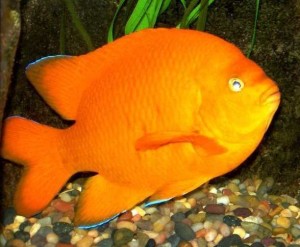

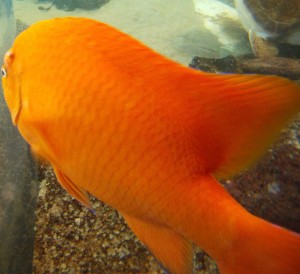
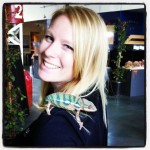
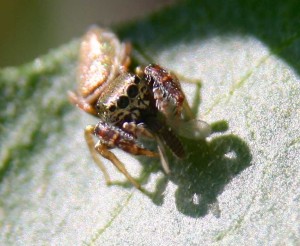
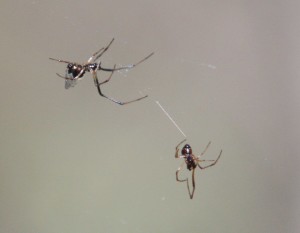
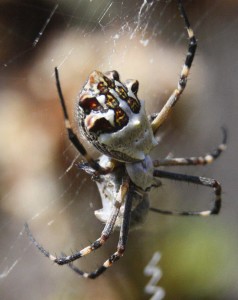
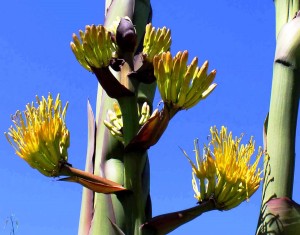
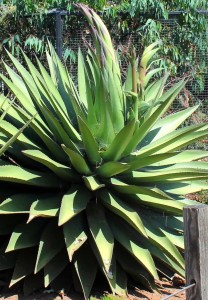
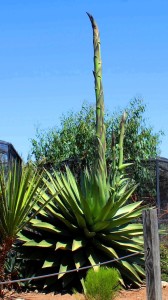
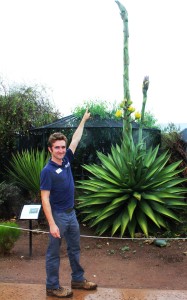
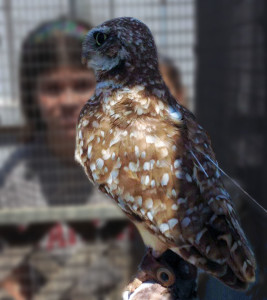
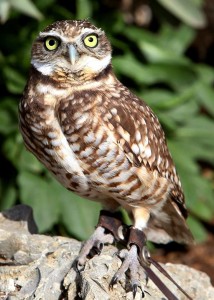
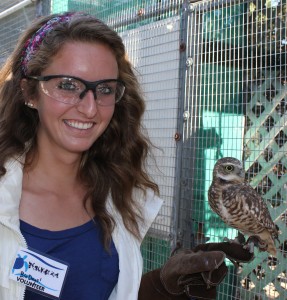
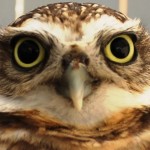
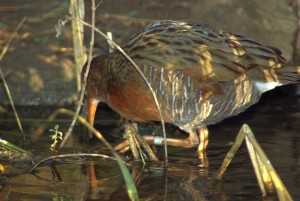
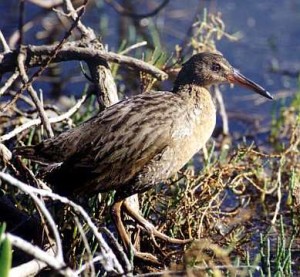
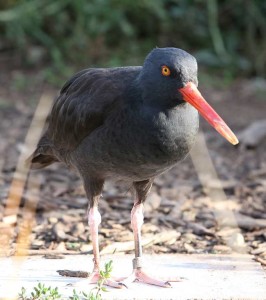
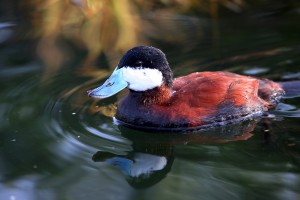
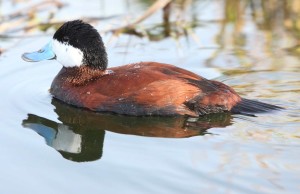 Did you know? A naturalist, speaking of Ruddy Ducks in 1926 said, “…its curious nesting customs and ludicrous courtship performance place it in a niche by itself… Everything about this bird is interesting to the naturalist, but almost nothing about it is interesting to the sportsman.”
Did you know? A naturalist, speaking of Ruddy Ducks in 1926 said, “…its curious nesting customs and ludicrous courtship performance place it in a niche by itself… Everything about this bird is interesting to the naturalist, but almost nothing about it is interesting to the sportsman.”